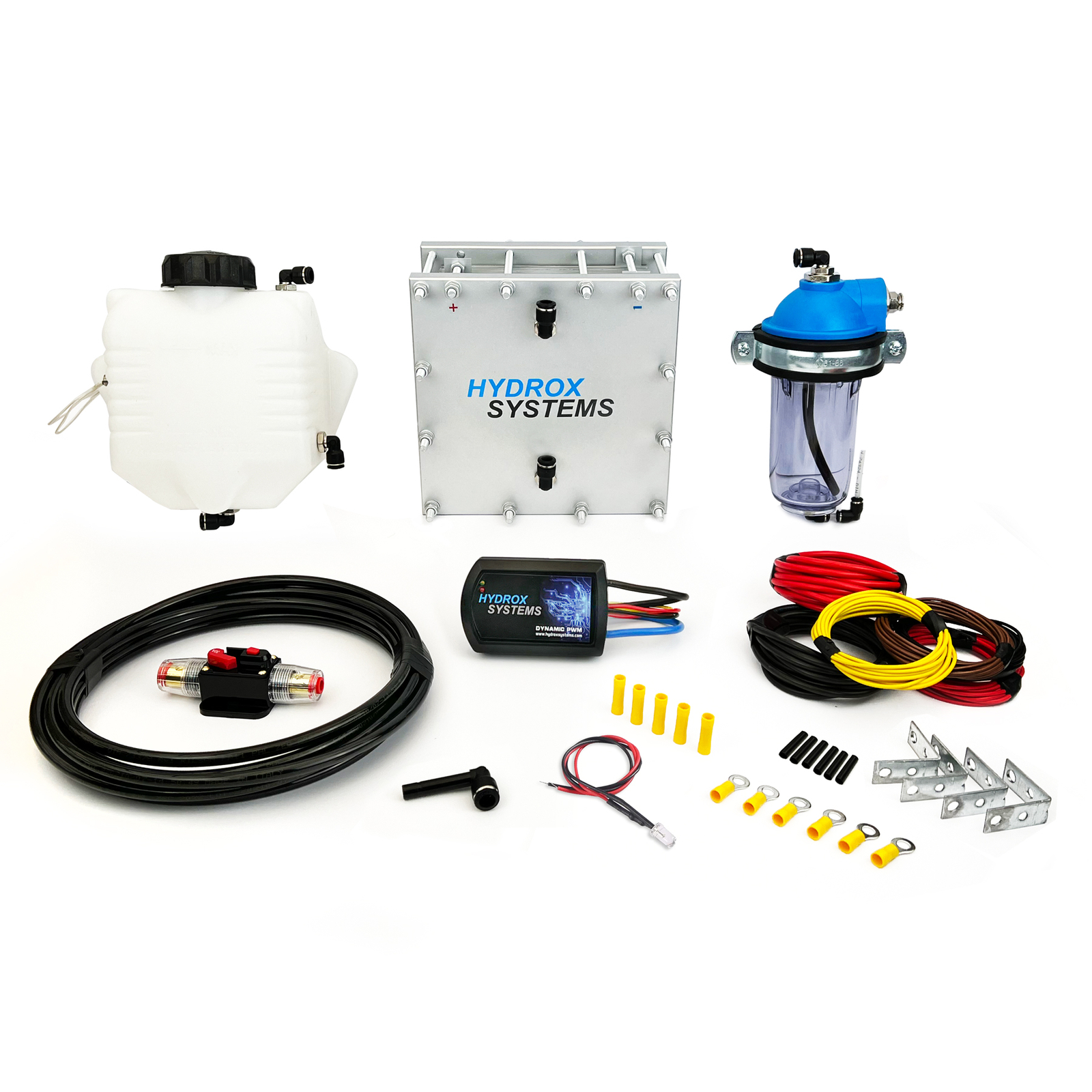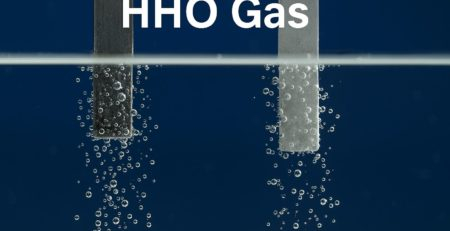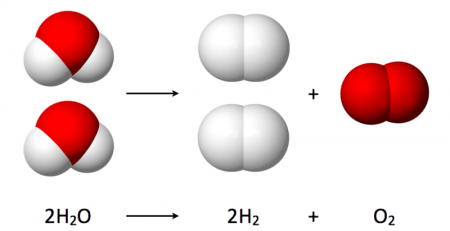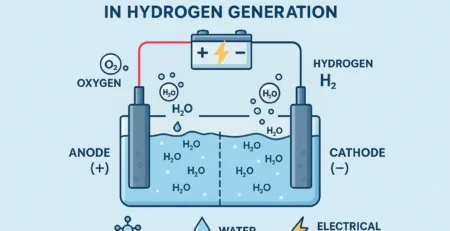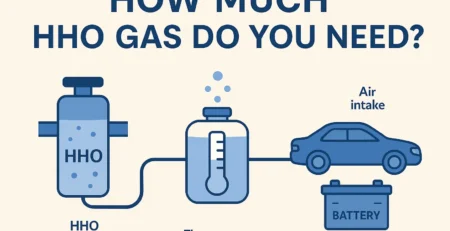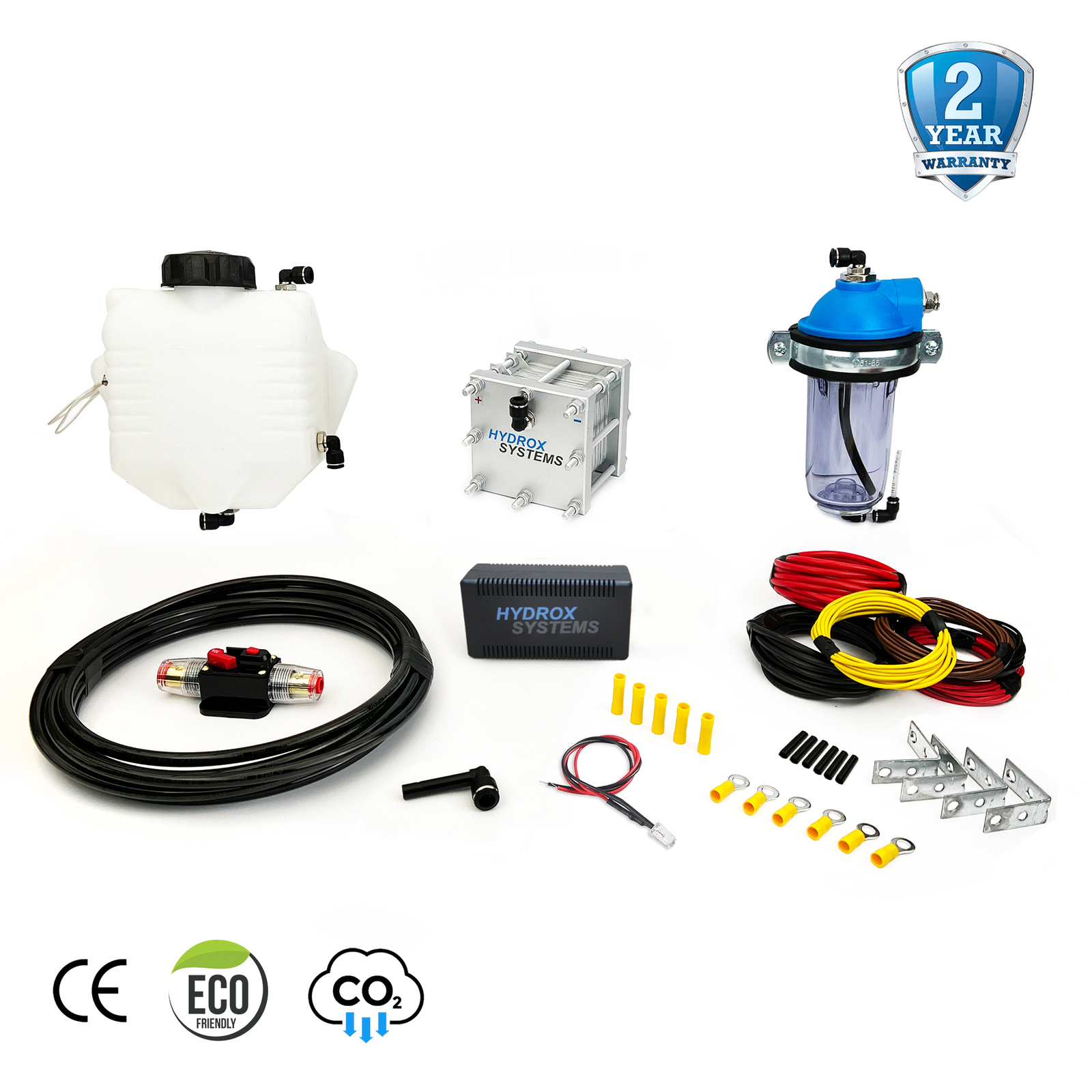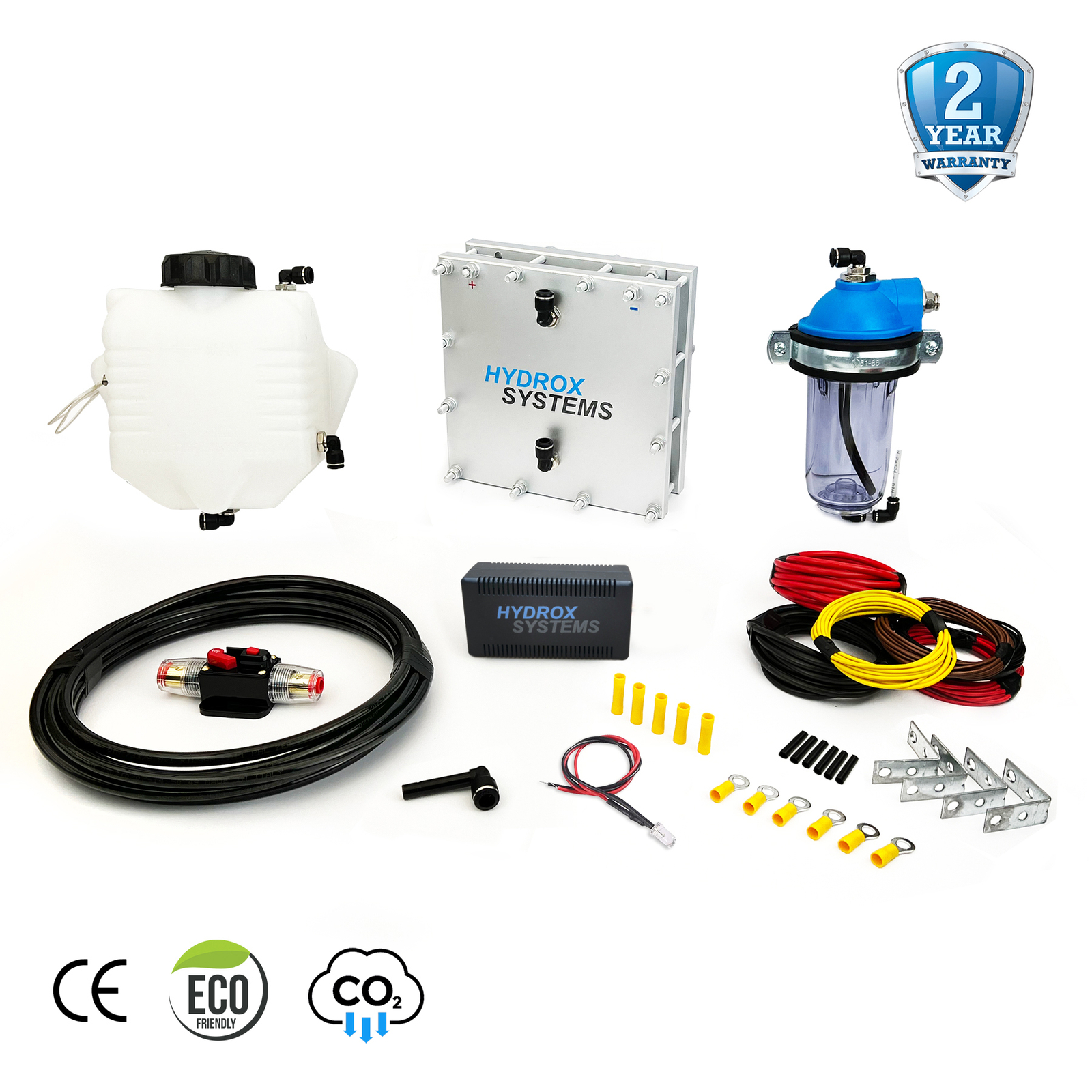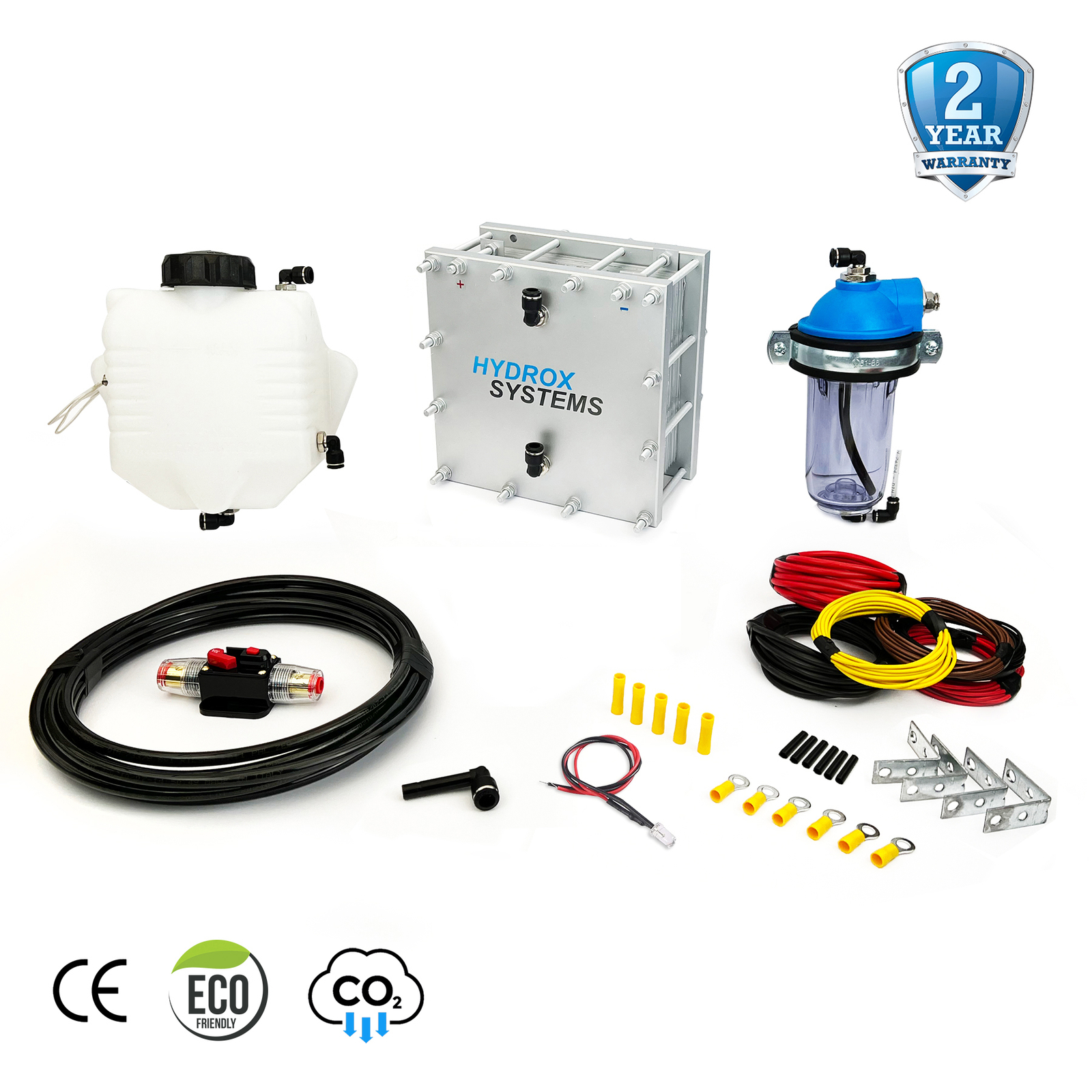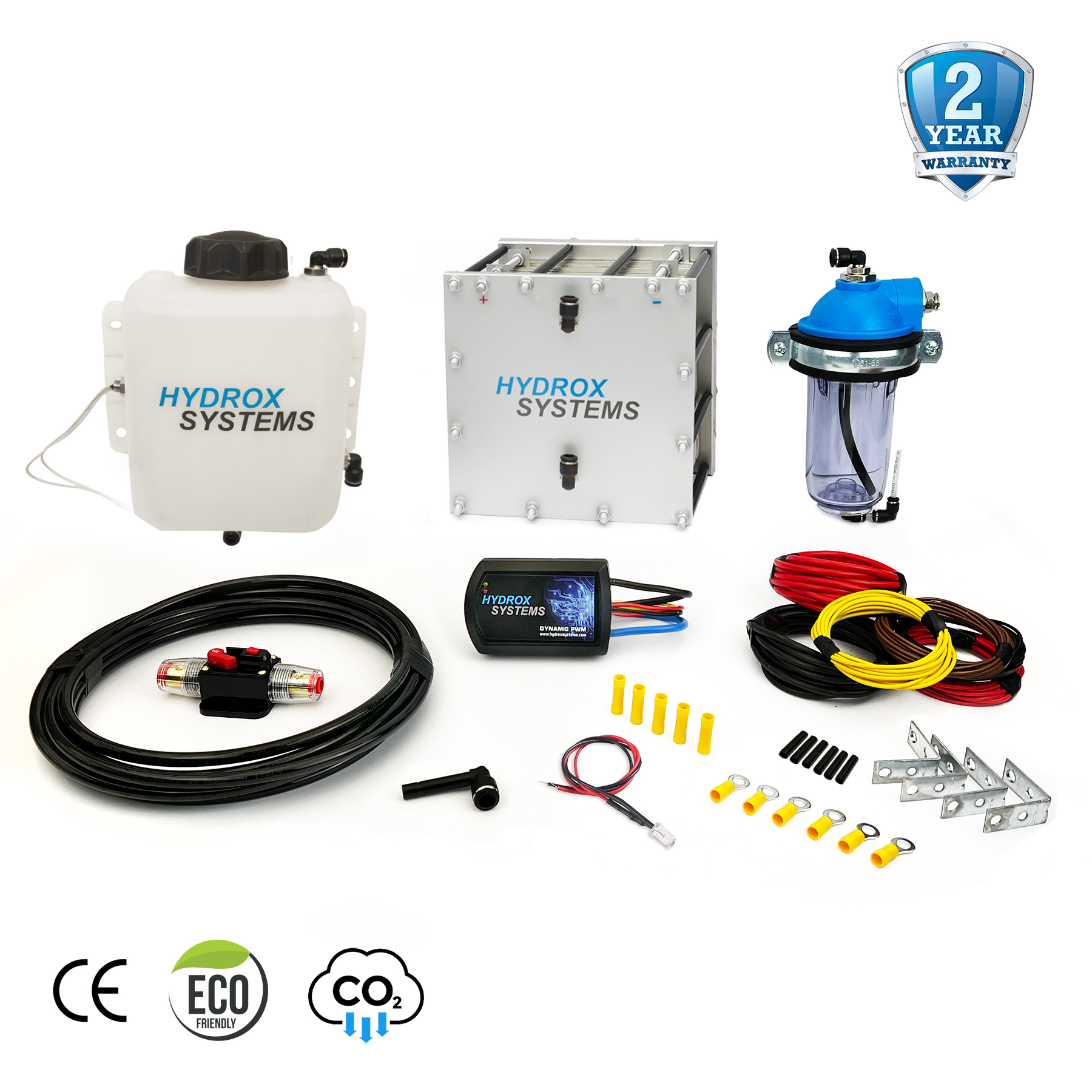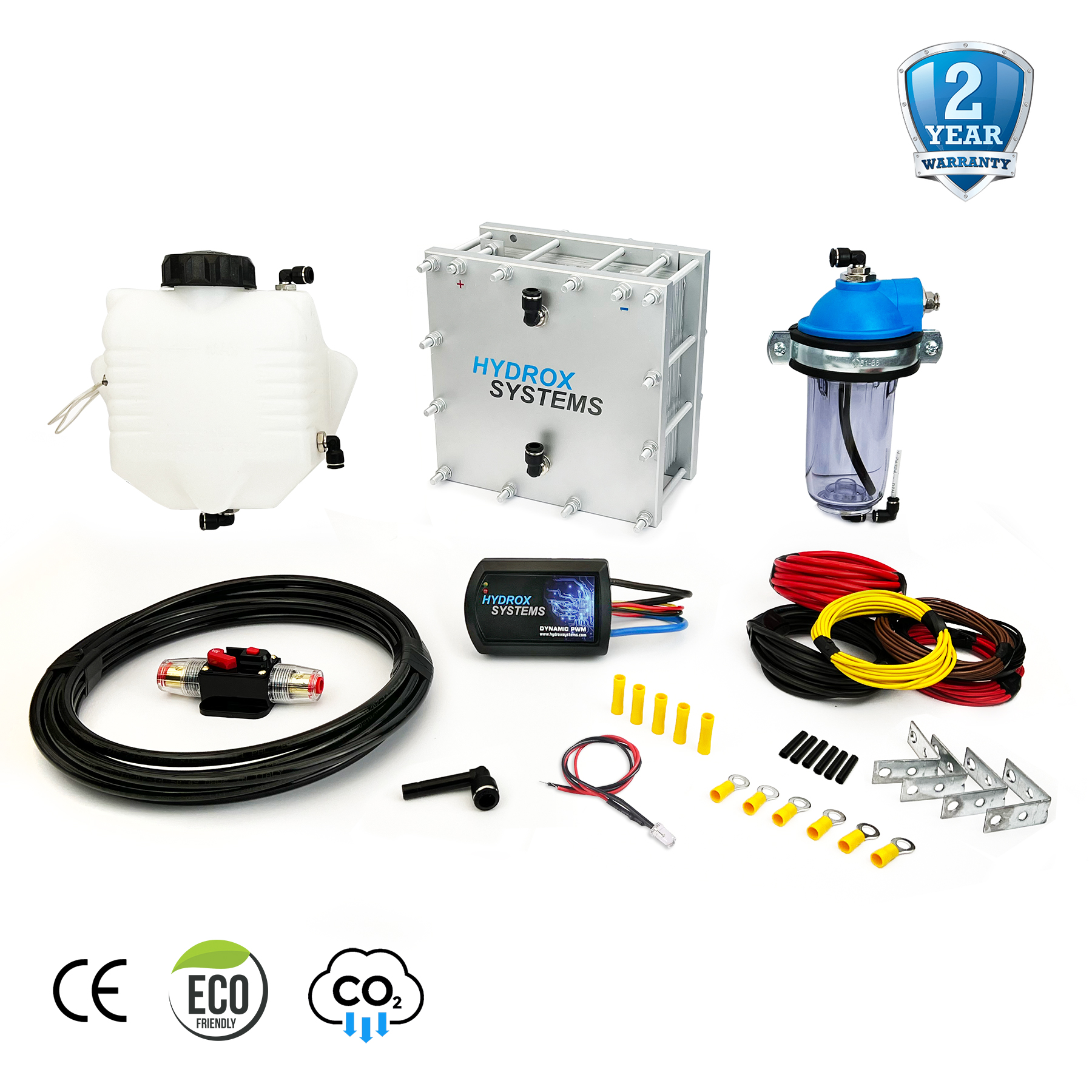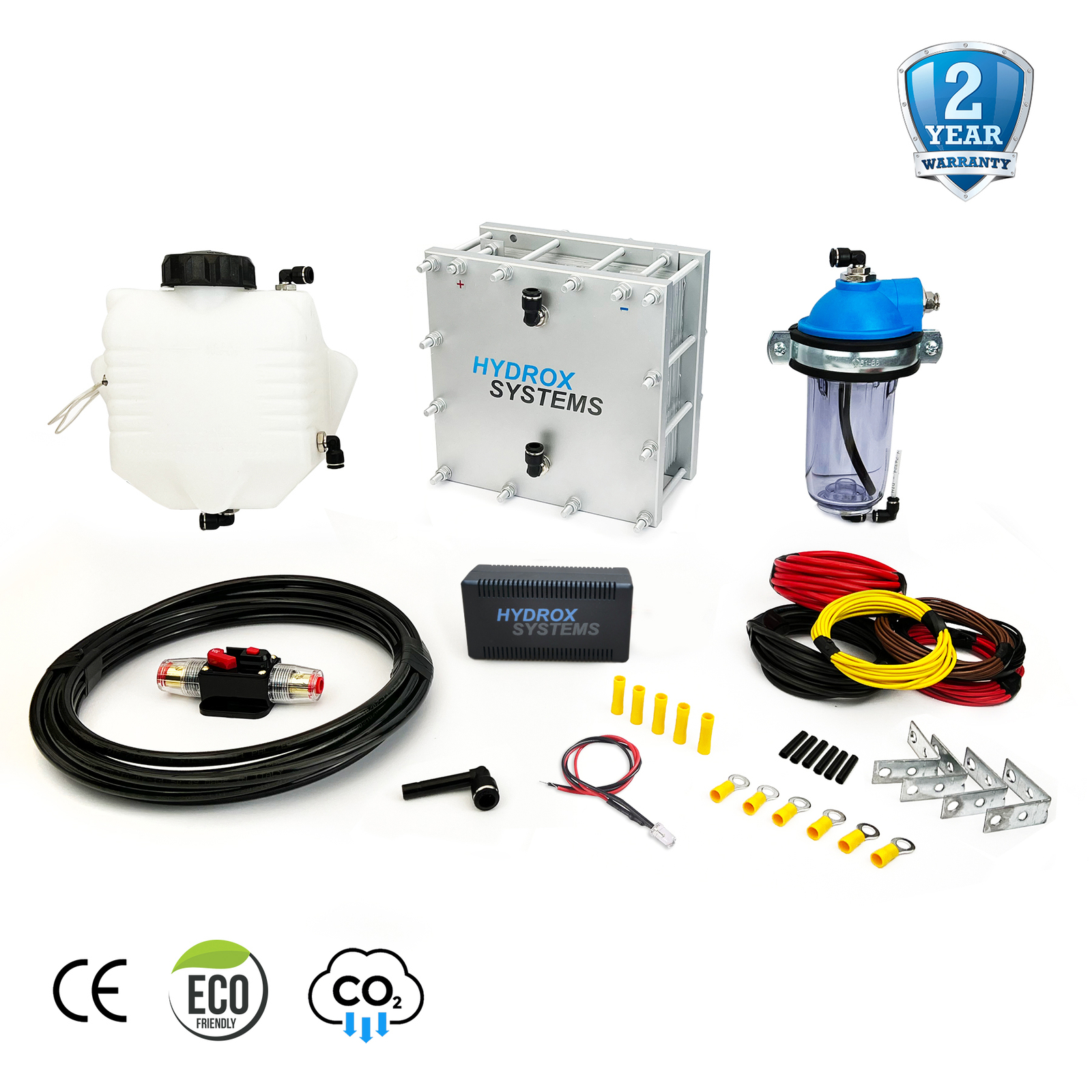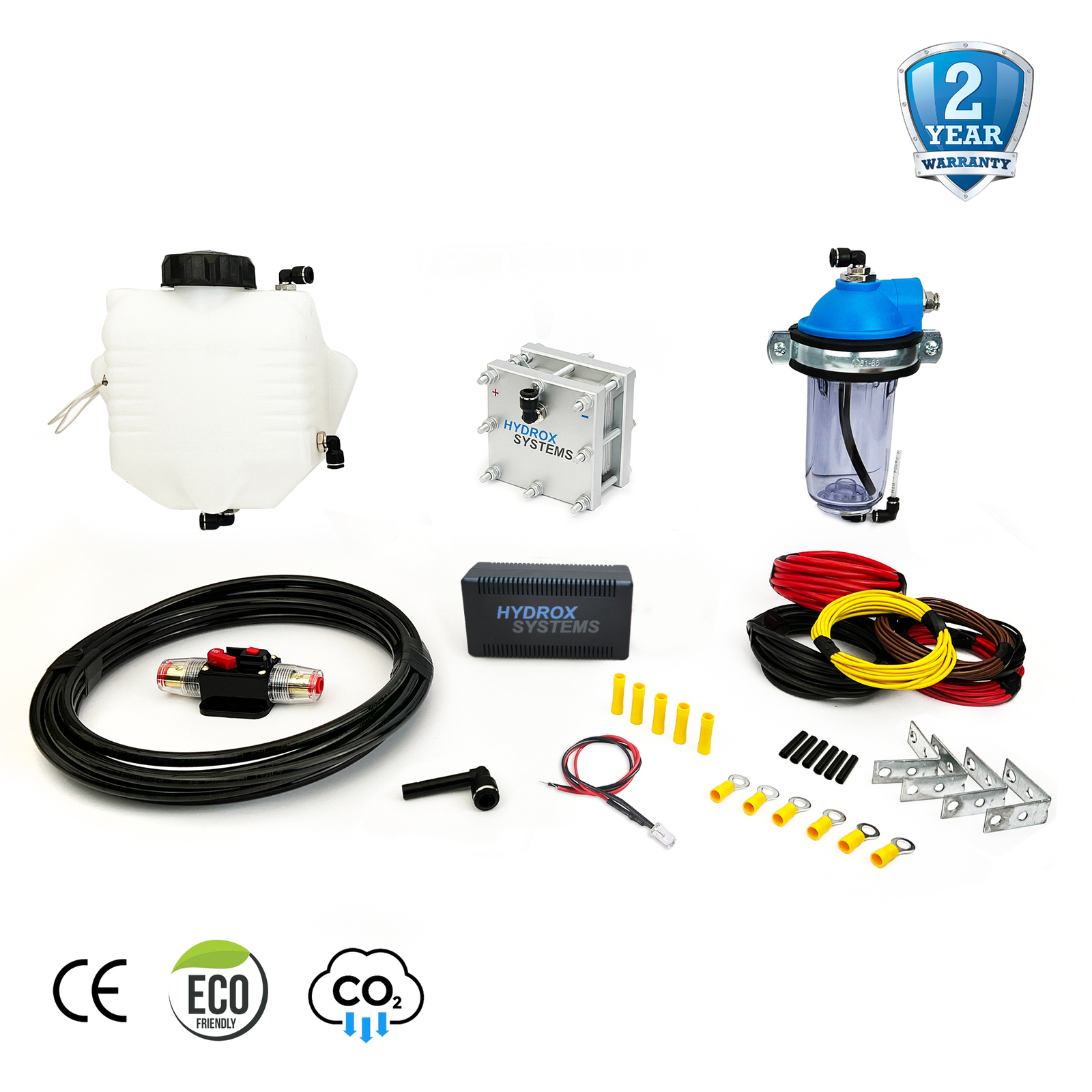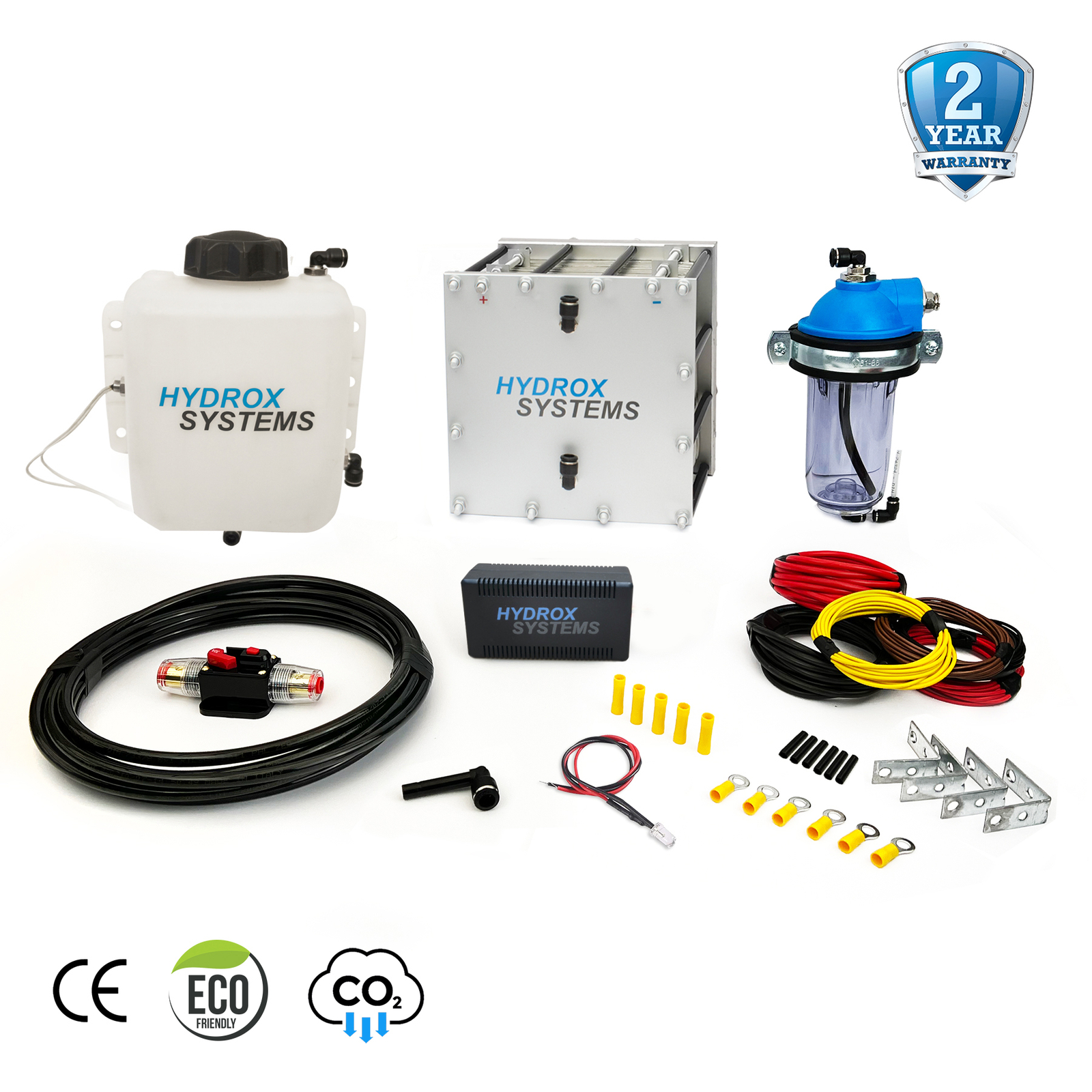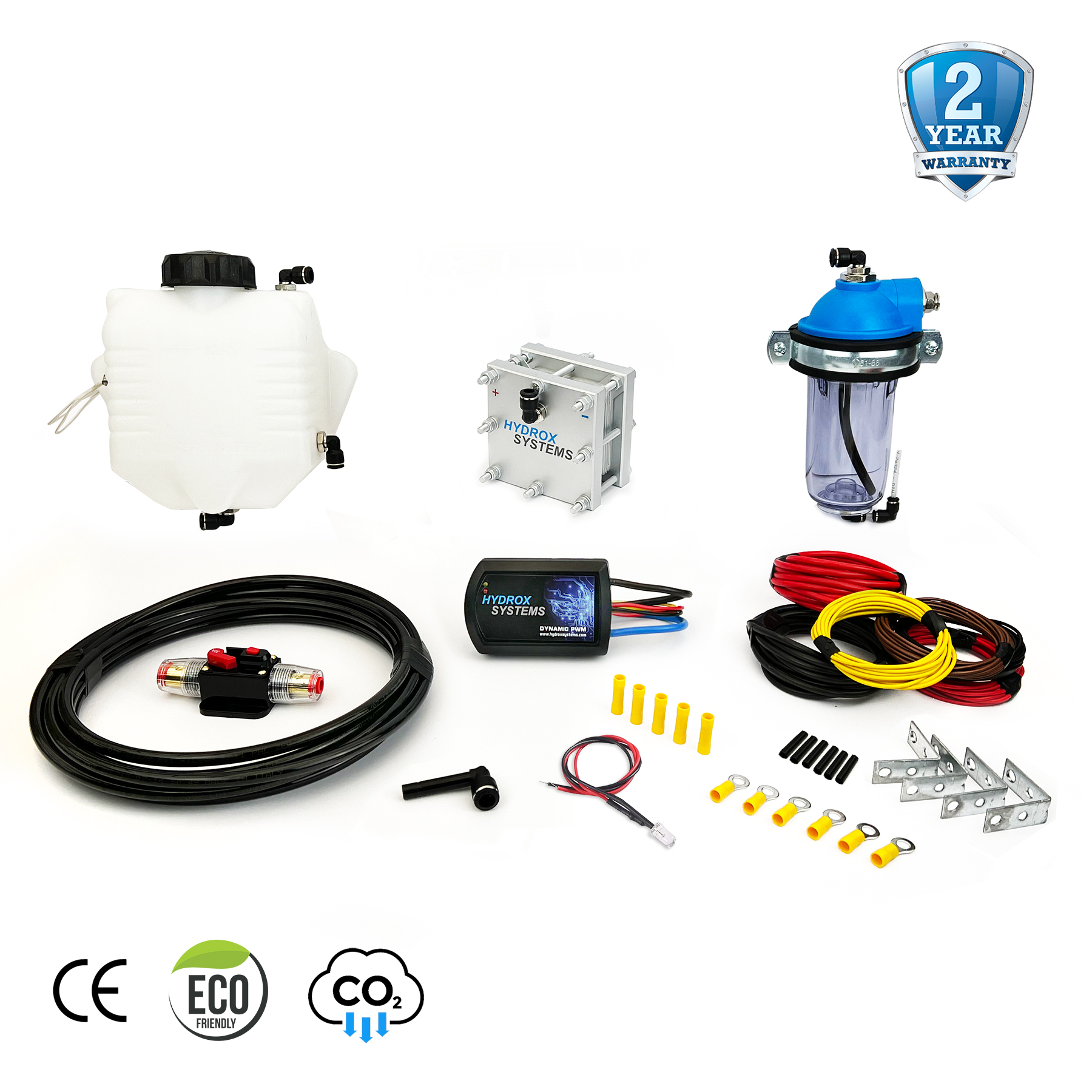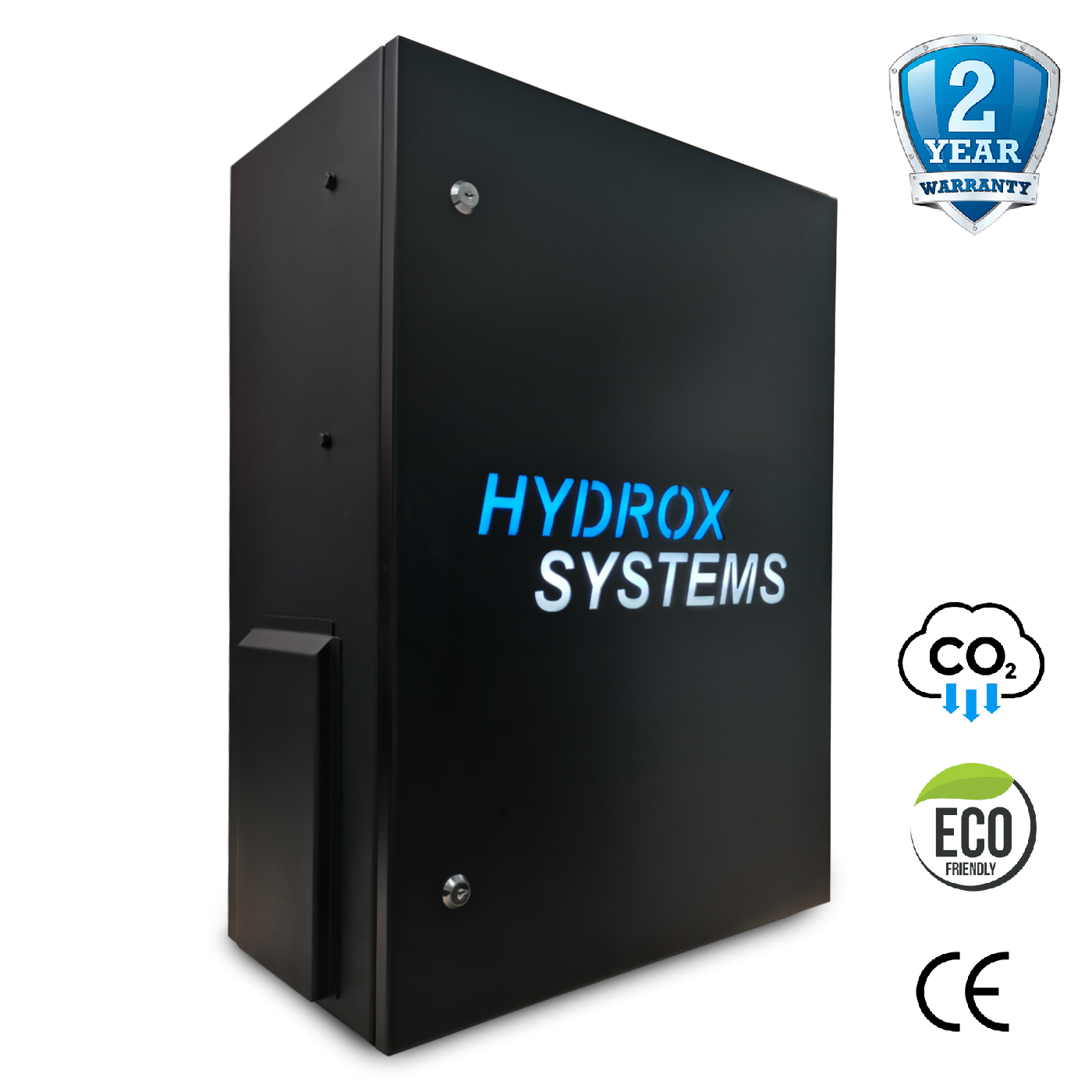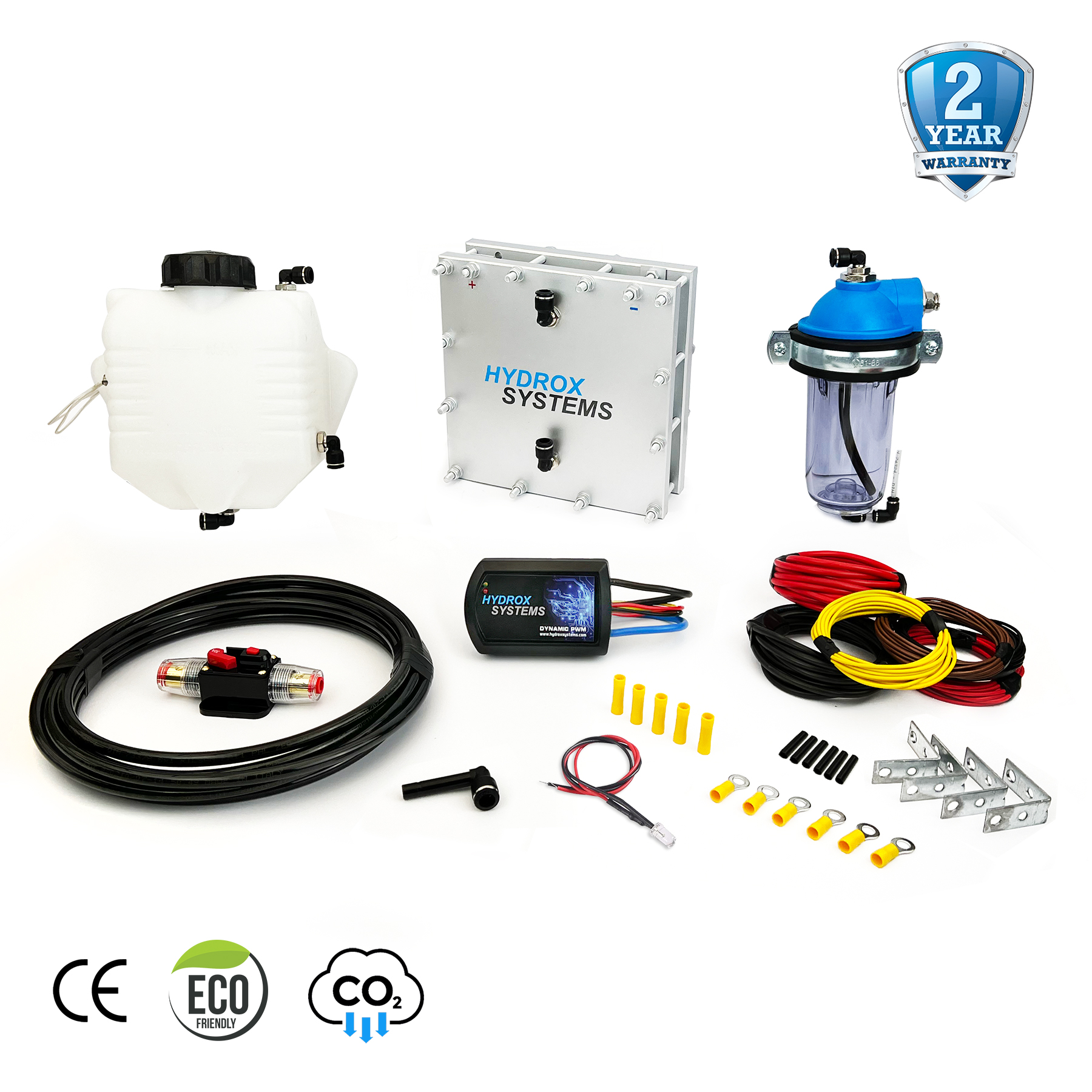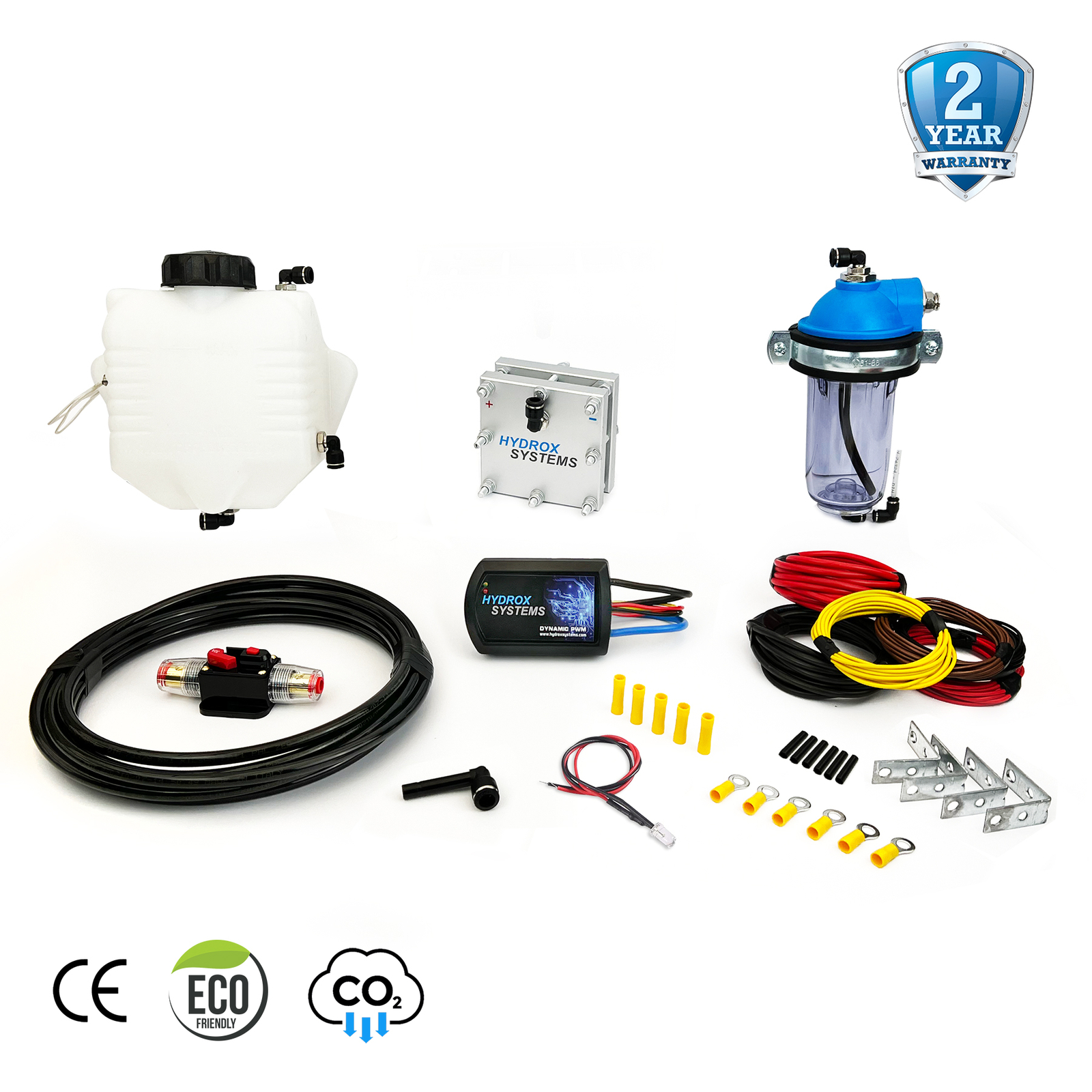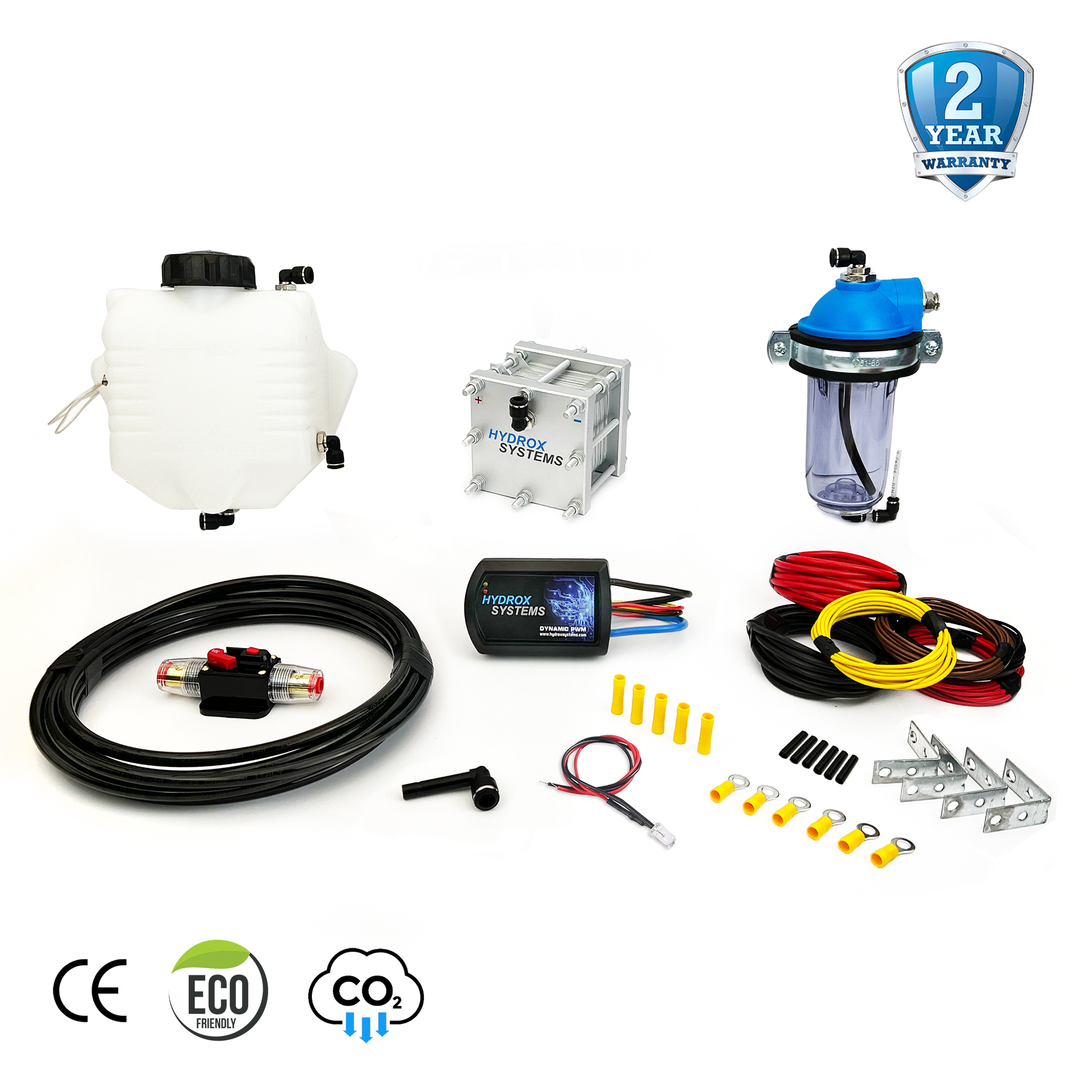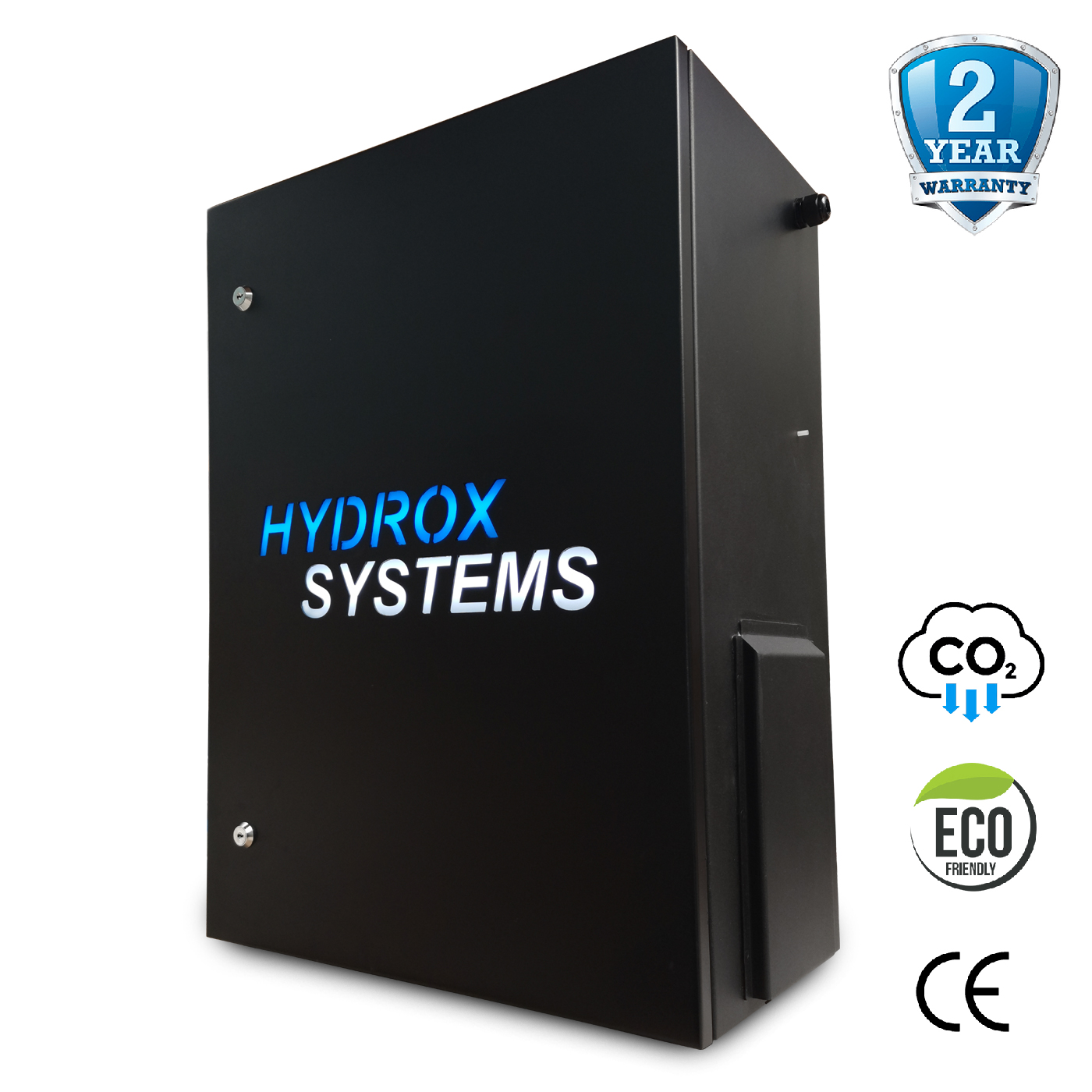What is HHO Kit?
What is an HHO Kit?
An HHO kit includes a complete set of components designed to generate and deliver HHO gas to your engine. These components typically include:
-
Dry or wet HHO cells
-
Electrolyte reservoir
-
HHO bubbler
-
Pulse Width Modulator (PWM)
-
Electrical wires and connectors
-
Hoses and hose clamps
-
Inlet connector for gas delivery
To find the right kit for your vehicle, use our HHO Kit Advisor.
Dry HHO Cell
The dry HHO cell is the core of the system. It generates HHO gas through electrolysis. Despite the name, it contains liquid electrolyte. This liquid flows from the reservoir above using gravity. The electric current moves through specially designed stainless steel plates. This design avoids unnecessary contact between the plates and the liquid, which improves efficiency.
Wet HHO Cell
Wet HHO cells are simpler but less efficient. They combine the cell and reservoir into one unit. Smaller plates remain submerged in the electrolyte. The electric current passes through both the electrolyte and the plates. Most electrons travel near the plates, seeking the shortest path to the negative terminal. These cells produce less gas compared to dry cells using the same energy.
Electrolyte Reservoir
Dry cells require a reservoir placed above the cell. It uses gravity to feed the electrolyte into the dry cell. One hose delivers the electrolyte from the reservoir to the cell. Another hose returns gas and some liquid back to the reservoir. This creates a natural circulation loop—no pump required.
The gas rises to the top of the reservoir and exits through a hose. This hose sends the gas to the bubbler.
HHO Bubbler
The bubbler purifies and protects. It serves four main purposes:
-
Filters steam and moisture
-
Dries the gas before intake
-
Acts as a backfire preventer (especially useful for carburetor engines)
-
Blocks any liquid from reaching the engine intake
The bubbler contains water. As the HHO gas rises through it, the system captures impurities. Even if dry, the gas will still flow to the intake, aided by the engine’s vacuum.
Pulse Width Modulator (PWM)
The PWM controls the electrolysis process. It adjusts voltage, frequency, and load. Some PWMs are basic motor controllers adapted for this use. Systems run on either 12V or 24V DC. Light vehicles use 12–14.4V, while trucks and buses operate on 24–29V.
PWM protects the battery and alternator. It regulates the current draw to prevent overloading the vehicle’s electrical system.
Relay
Use a relay if your PWM doesn’t have one built in. A relay’s sole job is to start or stop power flow. Always stay within 75% of its rated load. For example, a 40A relay should handle no more than 30A.
Fuse
A fuse is essential for safety. It prevents fire risks from short circuits or overloads. Use a fuse rated just above your expected load. If your system draws 20A, install a 25A fuse. If something goes wrong and current spikes, the fuse will blow and protect your vehicle.
Wires, Connectors, and Accessories
Use the correct wire thickness and high-quality connectors. If your kit includes buttons, fans, or pumps, mount and protect them properly during installation.
Buy a Complete HHO Kit
You can buy individual components or a full HHO kit. We recommend a complete kit—it’s more affordable and tested for compatibility. We’ve completed hundreds of installations, so we’ve eliminated common issues. Each kit is designed for easy installation and reliable operation.
Subscribe our Newsletter

